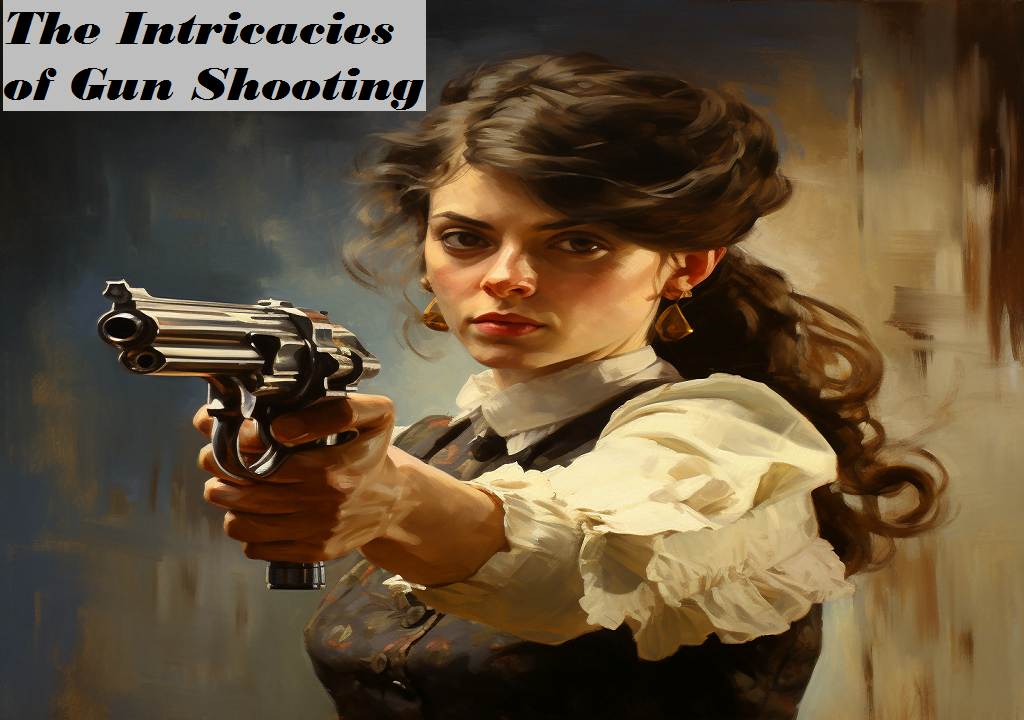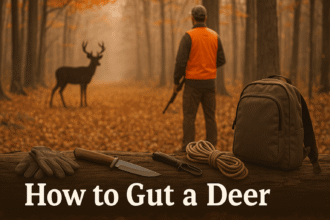The Intricacies of Gun Shooting

Gun shooting, an activity that seamlessly intertwines science, art, and history, is one that continues to evoke a wide range of emotions. Let’s journey through the complexities surrounding firearms, tracing their evolution, mechanics, and the ever-present debate on their role in society.
Table of Contents
Table of contents
1. The Evolution of Firearms
a. The Dawn of Firearms
Our journey starts with the earliest firearm—the hand cannon. These rudimentary devices, predominantly used in ancient China, were the stepping stone for future innovations.
b. The Reign of Muskets
Fast forward to Europe in the 17th century, where muskets held sway. They were cumbersome and took time to reload, but their importance in warfare was unprecedented.
c. Birth of the Revolver
Samuel Colt gave us the revolver in the 19th century. It revolutionized personal firearms with its revolving cylinder, allowing multiple shots before reloading.
d. The Age of Semi-Automatics
The 20th century saw a proliferation of semi-automatic firearms. These guns, capable of firing a bullet with each trigger pull without manual reloading, changed the face of both civilian and military shooting.
e. Today’s Innovations
Modern-day firearms are feats of engineering. Modular systems, smart guns, and customization options have made firearms more adaptable than ever.
2. Components of a Gun
a. The Barrel
Within the firearm, the bullet travels through the barrel. Due to meticulous engineering, this ensures a consistent and accurate trajectory for the bullet.
b. The Trigger Mechanism
Beyond just a piece of metal, the trigger is a carefully designed mechanism that, when activated, releases a hammer or striker to ignite the gunpowder.
c. Ammunition Storage
Transitioning from revolving cylinders to the innovation of detachable magazines, the techniques for storing and feeding ammunition have undergone significant evolution.
d. Safety Systems
Indeed, modern firearms have evolved to be safer. Firstly, they incorporate manual safeties. Additionally, grip safeties are integrated, all of which work collectively to ensure that accidental discharges are significantly minimized.
3. The Art of Shooting
a. The Perfect Stance
Starting with a solid foundation is essential for a good shot. Consequently, the stance is crucial as it provides stability, which in turn impacts accuracy.
b. Mastery of Aiming
Sights, lasers, and optics—aiming aids have become advanced, but the fundamentals of lining up a shot remain crucial.
c. Breath Control
A shooter’s breath can greatly influence a shot. Learning to control it is key to reducing unwanted movement.
d. Trigger Discipline
Smoothly squeezing the trigger, rather than jerking it, can be the difference between a hit and a miss.
4. Gun Ranges & Training
a. Importance of Ranges
Ranges provide a controlled environment for shooting, crucial for both beginners and experts honing their skills.
b. Safety Protocols
Moreover, gun ranges implement stringent safety protocols, thereby ensuring a safe experience for all participants.
c. Advanced Training Courses
While defensive shooting addresses immediate threats, long-range marksmanship focuses on precision from a distance; consequently, specialized courses are designed to cater to these diverse shooting disciplines.
5. Firearms: Beyond the Range
a. Sport Shooting
Tracing back through its rich history, competitive gun shooting has evolved from local contests to grand-scale global events such as the Olympics.
b. Firearms for Protection
Many opt for firearms as a means of personal protection. The debate around their effectiveness and implications is ongoing.
c. Hunting Traditions
Hunting, a practice as old as humanity itself, has seen firearms become essential tools in certain cultures and traditions.
d. The Ethical & Societal Debate
The role of firearms in society, especially in the context of personal ownership, mass gun shootings, and regulation, is a heated topic of discussion.
Conclusion
The world of guns and shooting is a vast tapestry of history, technology, sport, and societal debate. As we navigate the modern era, the discourse around firearms is more relevant than ever. With great power comes great responsibility, and as firearms evolve, so should our understanding and respect for them.
FAQs:
- How do different bullet calibers impact shooting?
- Different calibers have varying recoil, penetration, and stopping power, influencing their suitability for specific tasks.
- What are “smart guns”?
- Smart guns incorporate technology to ensure they can only be fired by an authorized user, enhancing safety.
- How do suppressors/silencers work?
- Suppressors reduce the noise of a gunshot by slowing and cooling the escaping gases.
- What’s the difference between a clip and a magazine?
- A magazine feeds bullets to the firearm’s chamber, while a clip is used to load a magazine.
- Is it legal to carry concealed firearms everywhere?
- Laws vary by country and region. While some places allow concealed carry with a permit, others have strict prohibitions.
With the multifaceted world of firearms, it’s crucial for enthusiasts, skeptics, and the curious to be well-informed, ensuring safety, understanding, and responsible usage.







